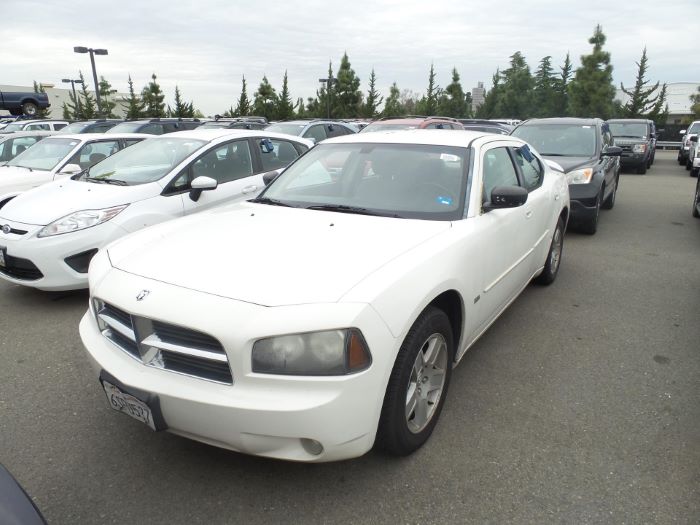

“It’s a big box with nothing in it!”
The year was 1994 and IBM was about to release the Aptiva. A desktop computer that would already be DOA by the time it arrived at the local CompUSA.

I was at a Comdex event here in Atlanta, thanks to free tickets for the local college geeks, when I heard that comment be blurted out by some middle-age guy in a suit. I had no idea who he was or what he based that brutally blunt opinion on. Hate for IBM in the IT industry then was as common as Tesla hate is in the auto industry now. Unlike the Tesla hate these days, which is often based on undeclared payola and advertorial driven content, the main culprit for the IBM hate back in the mid-90s was almost entirely due to their lousy products.

I had no love for IBM, but computers were, “Da bomb!” for yours truly. Back then, a computer was to me what voice recognition technology is to someone with severe Parkinson’s Disease or Multiple Sclerosis. It was a savior that helped me live up to my potential and overcome a fine motor impairment that inhibited my ability to write.

I had been the first kid in my college to use a laptop computer for all his notetaking. That laptop, a Macintosh Powerbook 160, did to my GPA what steroids did for Hulk Hogan. I went from a typical B student who struggled to even make the grade, to a straight A average while also holding down two part-time jobs. One was at the Canadian Consulate, and the other was a local popular bookstore that required me to read up on everything from astronomy, to mythology to gay and lesbian studies. My manager would regularly tell customers at the service desk at the 12,000 square foot monstrosity of a book store to “make a left and go look for a kid who looks like a Jewish Rocky Balboa.” You can’t miss him.”

Despite the thuggish mug, this 2006 Dodge Charger was to its owner what that laptop was to me. At 347,757 miles it owes nothing to no one, and a lot of you may assume that it only managed to barely get there thanks to a level of servicing that would be more in line for a Jaguar or Land Rover. After all, who the hell in their right mind would use a quality challenged Chrysler product as a taxi? Other than the fictional world of GTA.

One guy did, and thankfully for him and his family, he chose the right powertrain. Unlike a long list of old Chrysler engines, the all aluminum 3.5 Liter V6 in this Dodge Charger can handle everything thrown at it. 18 years of production can make any sophisticated engine of a generation ago a bulletproof anvil of today. This SOHC Chrysler engine was put in millions of vehicles. From family minivans to police interceptors, What you ended up with is a powerplant that often times outlasted the rest of the car.
That’s not unusual for Chrysler. If you throw away the worst engines, mostly first generation versions of the LH and Powertech powerplants, Chrysler tends to have far fewer problems with engines than they do with transmissions and their interior materials.

I’ll be blunt. This Dodge Charger was the rolling embodiment of cheap plastic and steel from A-pillar to trunk. A big box with almost nothing in it. But that engine, like a well chosen computer chip back in the mid-1990s, can turn any uncompetitive piece of technology into a surprisingly strong value—if you buy it used.
This owner did, and that made the difference.